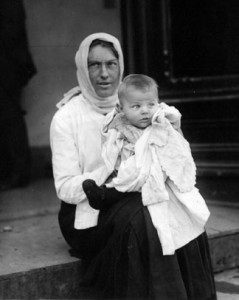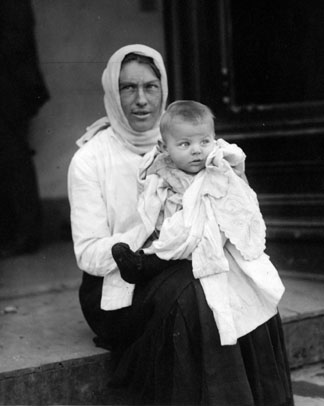September 6 – 28, 2011, Coburn Gallery
The conditions in the coal mines of early 20th century Colorado were notoriously bad, with Colorado ranking second in the nation between 1884-1912 for coal miner deaths. This exhibit will explore the history of the Colorado Coal Strike of 1913-1914 and the archaeological data produced from the excavations at Berwind and the Ludlow Tent Colony, while also attempting to contextualize these historical events in the realm of the contemporary energy industry.

The conditions in the coal mines of early 20th century Colorado were notoriously bad: Colorado ranked second in the nation between 1884-1912 for coal miner deaths. In September 1913, with the help of the United Mine Workers of America, coal miners along the eastern slope struck, left coal company towns, and established striker tent colonies along the eastern slope of the Rocky Mountains. The largest of these tent colonies, Ludlow, was established approximately 20 miles west of Trinidad. Seven months after the beginning of the strike, April 20, 1914, violence broke out between National Guard Troops stationed in the area and members of the Ludlow Tent Colony, resulting in the burning of the striker camp and 20 deaths. This event became known as the Ludlow Massacre and attracted increased national interest in the conditions of the coal miners and their families in Colorado. In 1997, archaeologists began a five-year investigation of the Ludlow Tent Colony site and the town of Berwind. Culminating in Colorado Coalfield War Project, the research produced both historical and archaeological data that helped illuminate the lives of the coal miners and their families before, during, and after the strike of 1913-1914. This exhibit will explore the history of the Colorado Coal Strike of 1913-1914 and the archaeological data produced from the excavations and contextualize these historical events in the realm of the contemporary energy industry.
